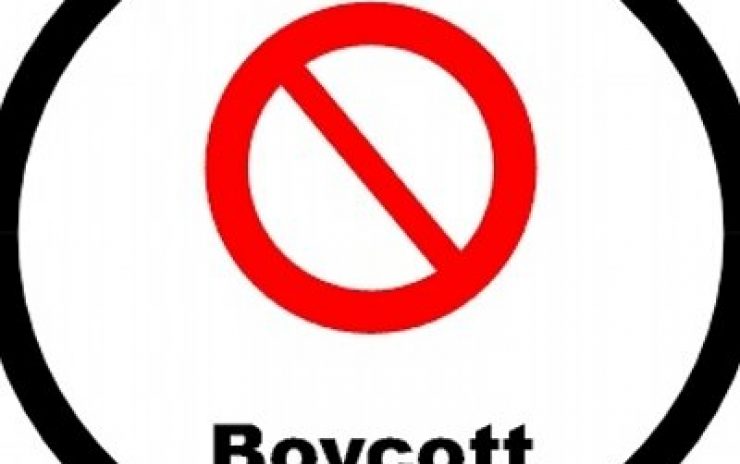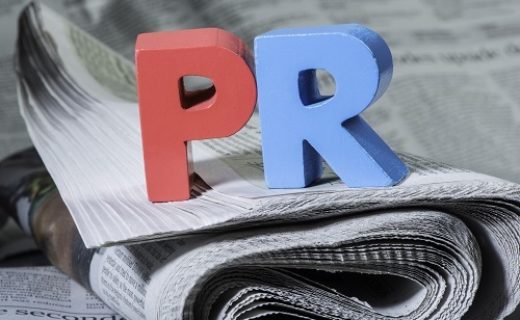Our society is more polarized today than at any moment in recent memory. Our politics is divisive. Opinions have become more outspoken and outraged. Driving all of this is social media. Social media has allowed millions to have a voice and share their opinion. It is also a driving force in spreading disapproval of a brand when it takes a stand that someone disagrees with. The hashtag #Boycott followed by a brand’s name is one of the most popular ones on Twitter. Brands need to be prepared when this happens.
Here are a few examples.
A local Cracker Barrel in Indiana fired the wife of a man named Brad. Brad went on to social media to demand that Cracker Barrel explain why his wife was fired. His posts were picked up by people on social media with the hashtag #JusticeforBradsWife. The Cracker Barrel social media sites were inundated with comments and questions about Brad’s wife. Traditional media picked up the story which became a humorous running joke. Cracker Barrel ignored the posters and social media outcry. This led to a new hashtag #BoycottCrackerBarrel. The chain took a hit and its stock price went down.
Adidas made a tone-deaf move by sending out an email to Boston Marathon participants with the subject line, “Congrats, you survived the Boston Marathon!” the day after this year’s marathon – just four years after the bombings at the 2013 marathon. The backlash was immediate. The hashtag #BoycottAddias started. Before it could gain traction and Adidas quickly issued a public apology saying, “We are incredibly sorry. There was no thought given to the insensitive email subject line we sent Tuesday. We deeply apologize for our mistake.”
The heartfelt public apology stopped #BoycottAddias in its tracks. It prevented the incident from turning into a negative three- to five-day story.
A result of #Boycott means that it is more important than ever to make sure that you are prepared with a statement supporting your decision if you are caught in the crosshairs of a boycott. Or if you feel like you’ve made a mistake, make sure the statement explains why you made the decision in the first place and what you are doing to fix the issue. Consumers want to know their voices are being heard and changes are being made.





